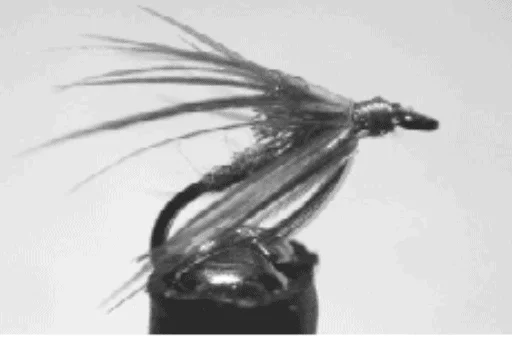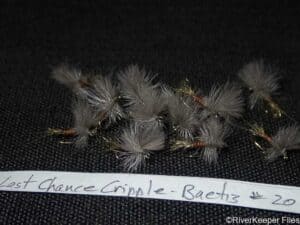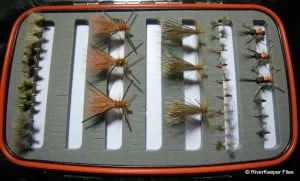I’ve had time for a little zen fly fishing lately. The weather has been beautiful, but the bugs aren’t showing up…hence the fish aren’t rising. Well, that gives me time to think about the types of dry flies I use and effective dry fly patterns for fast water.
A week or so ago, I wrote a post – Select the Right Dry Fly. I talked about the flies I use and the importance of having the right profile on the spring creek I fish.
But during a recent zen moment, I wondered how my fly choices might change if I fished bigger water like the Lower Deschutes. Would I use the same dry flies or different ones?
If I concentrated on fishing the eddies, I’d probably use the same dry fly patterns as those on a spring creek. I like the idea of lower profile flies.
What about the straight-ahead flows of faster riffles? My go-to flies might stay on top of the water for a while, but they may get “drowned” too. And a higher profile fly would be easier to see. So with those thoughts, I’d have a few more choices in my fly box.
I’d use a lot more flies with hackle on them to help them float. Let’s just focus on the mayflies today.
Many of you know I fish the RiverKeeper Soft Hackle Cripple and Sparkle Duns most of the time. These patterns fit my theory about using simple, but effective flies.
So how about a few parachute fly patterns?
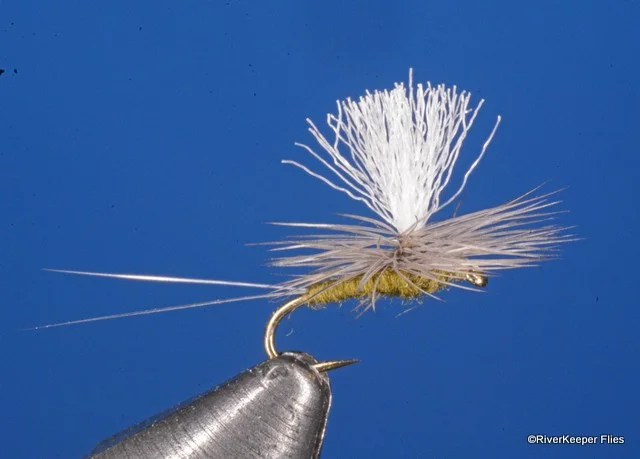
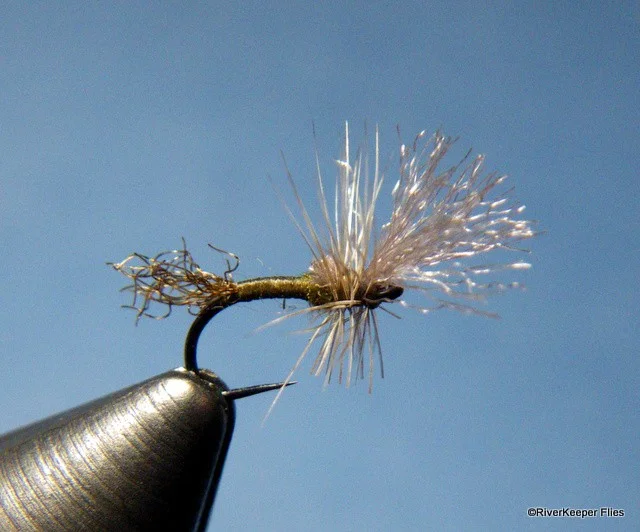
And when those don’t work, how about a Parachute Adams or Purple Haze?
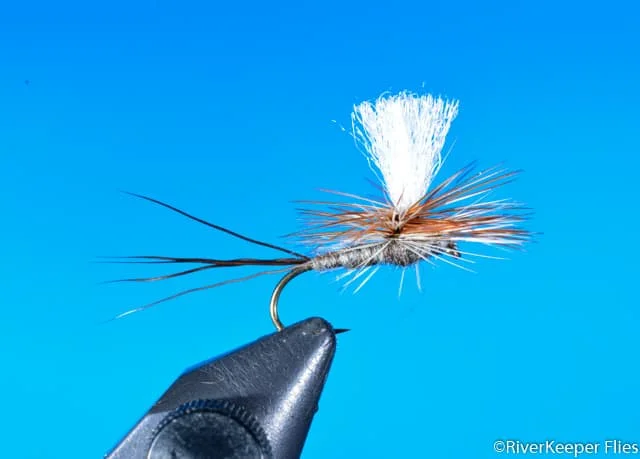
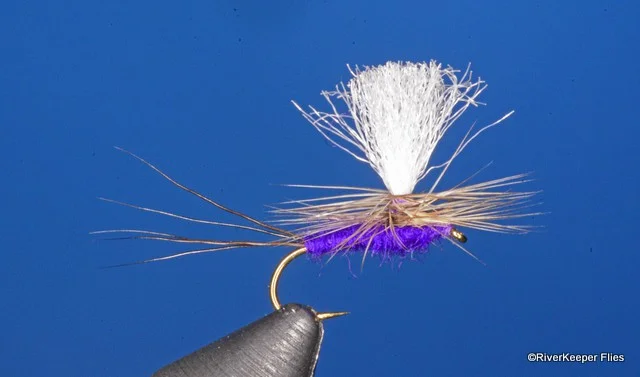
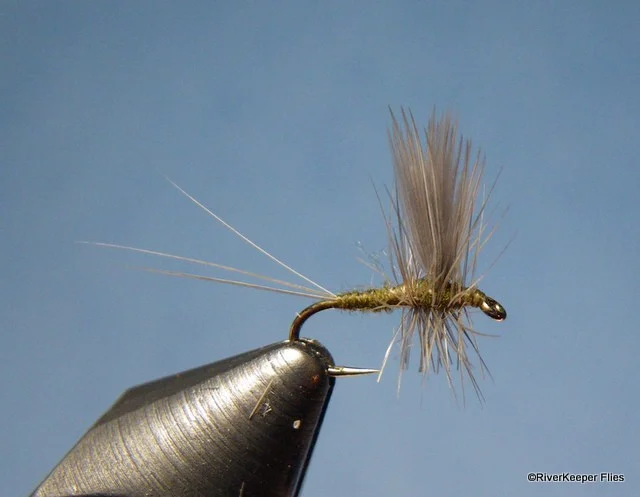
Or the classic Catskill mayfly Quill Gordon?
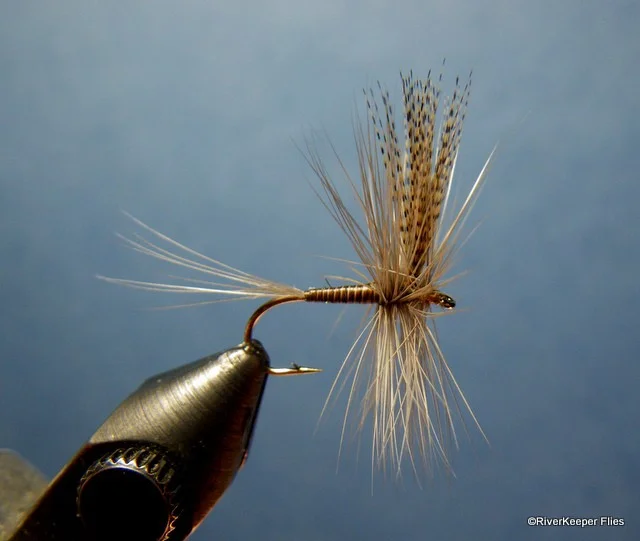
Lastly, here is a fly pattern for bigger fly imitations.
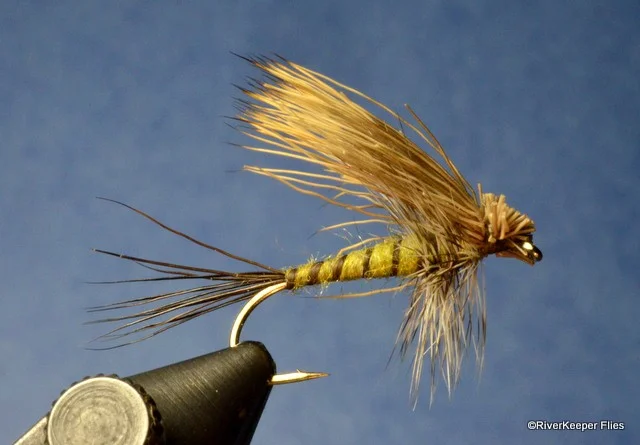
Notice the common theme of these fly patterns is to use hackle. Whether the hackle is wound in a traditional fashion around the hook or around a post in the parachute manner to provide a lower profile, all the flies I’ve shown utilize hackle.
So the next time you open your fly box, check it out and see if you have the right flies for the water you will be fishing.
Enjoy…go fish!
